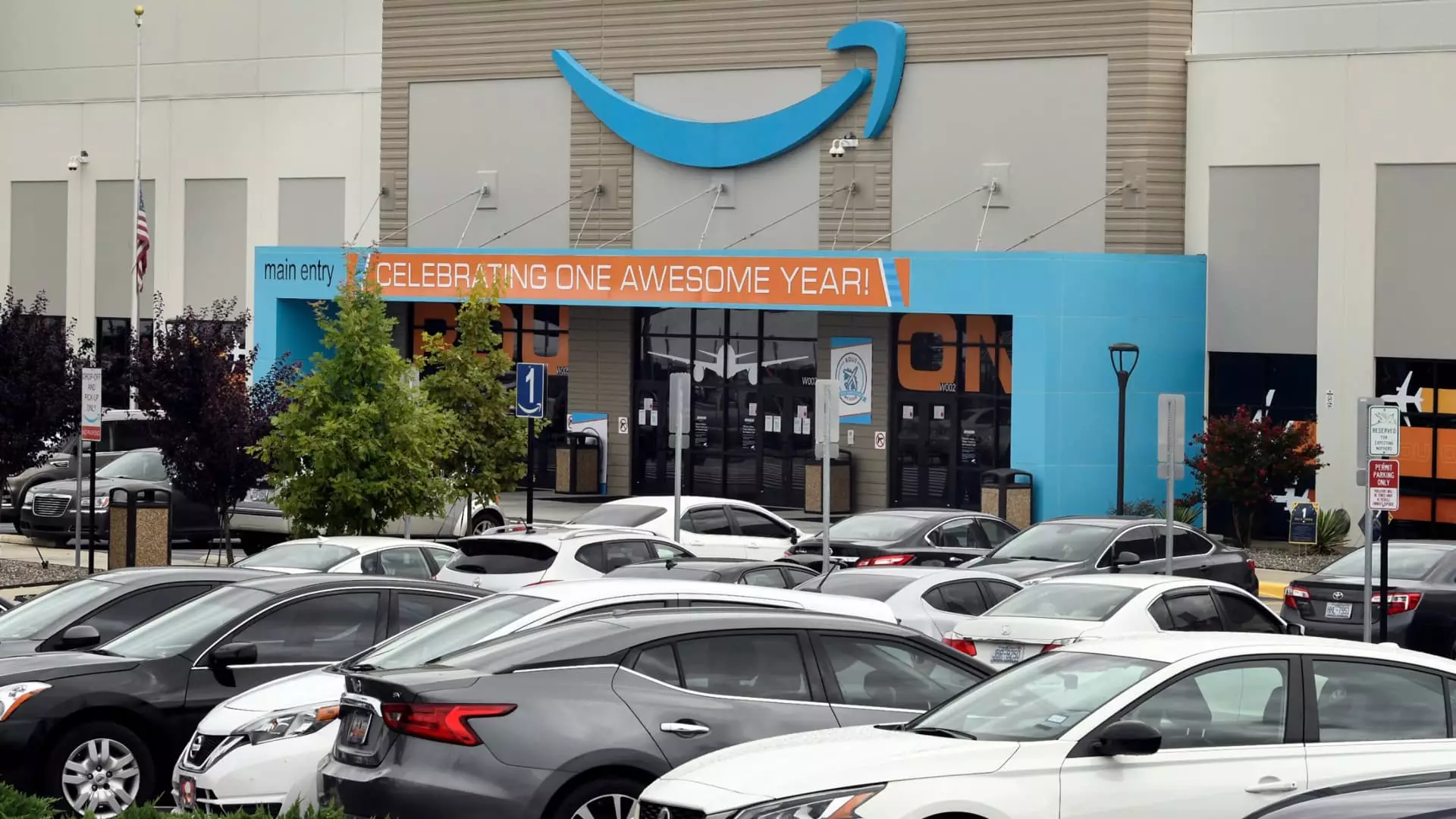Despite ongoing efforts by labor advocates, Amazon workers at the company’s RDU1 facility near Raleigh, North Carolina, recently voted against unionizing, a decision that underscores the complex relationship between large corporations and their employees. The vote, held on a Saturday, reflected the views of a majority of the 3,276 employees who participated, with 2,447 casting votes against joining a union and 829 in favor, as reported by the National Labor Relations Board (NLRB). The election process, including a slim margin of challenged ballots amounting to 77, remains subject to certification by the NLRB.
The environment leading up to this election showcased significant grassroots efforts spearheaded by the Carolina Amazonians United for Solidarity and Empowerment (CAUSE). Over the course of three years, CAUSE mobilized employees in an effort to raise awareness about labor rights and the potential benefits of union representation. This facility, located in Garner, employs around 4,700 individuals who, according to CAUSE, face significant challenges related to wage stagnation and working conditions. Their campaign was spurred by dissatisfaction with Amazon’s handling of employee welfare during the COVID-19 pandemic, as well as calls for better compensation and improved break times.
Despite the substantial efforts from labor organizers, the results paint a picture of strong resistance among workers at RDU1 to unionization. CAUSE has argued that these results illustrate Amazon’s aggressive anti-union tactics. In a statement, the organization affirmed that the negative outcome stemmed from a culture of intimidation fostered by Amazon to discourage workers from voicing their concerns collectively.
In response to the election results, Amazon spokesperson Eileen Hards defended the company’s actions and reiterated its commitment to fostering direct communication between employees and management. Hards emphasized that employees expressed their preferences and chose to maintain their individual relationship with Amazon rather than joining a union. Moreover, she pushed back against allegations claiming that the company broke labor laws, underscoring Amazon’s purported dedication to ensuring employees are informed and capable of making educated decisions regarding their workplace representation.
However, the contention surrounding the election raises critical questions about the environment Amazon creates for its workforce. Observers note that, in past union drives across the nation, Amazon has consistently adopted aggressive tactics to undermine unionization. With their large-scale anti-union messaging campaigns, company leaders took steps to dissuade employees from voting in favor of a union, characterizing CAUSE as an “outside party” that misrepresents the interests of workers.
The fight at RDU1 forms part of a larger narrative surrounding labor rights in the United States, where unions have seen renewed interest from the public amid rising economic inequality. Gallup reports that as of recent polls, 67% of Americans support labor unions. Yet this approval has not correlated with increasing union membership rates, which dipped to 5.9% in the private sector in 2024. In North Carolina, the situation appears even more challenging, with a mere 2.4% of workers affiliated with unions, reflecting systemic barriers to labor organizing in a state known for its right-to-work laws.
Labor organizers have pivoted to alternative strategies beyond traditional NLRB elections, as highlighted by the assistance from groups like the International Brotherhood of Teamsters, which has persistently coordinated protests and actions at various Amazon facilities. Despite these efforts, Amazon has maintained that such actions hold little impact on its operations.
Moreover, ongoing actions by the Teamsters, who claim to represent approximately 9,000 Amazon workers nationwide, have been met with outright refusal by Amazon to recognize and bargain with the union. This showcases a robust resistance from the company regarding formal union negotiations, further compounding the challenges faced by labor advocates.
The aftermath of the recent election at RDU1 is likely to energize both proponents and opponents of unionization as labor rights continue to be a critical issue in the modern workforce. Groups like CAUSE have expressed determination to keep advocating for Amazon workers, seeking to address issues like wage disparities and job security. The ongoing narrative illustrates the tension between corporate interests and the growing demand for labor rights as employees navigate a rapidly changing economic landscape. Ultimately, the struggle at Amazon reflects broader sociopolitical dynamics that will shape future labor movements in the United States.


Leave a Reply